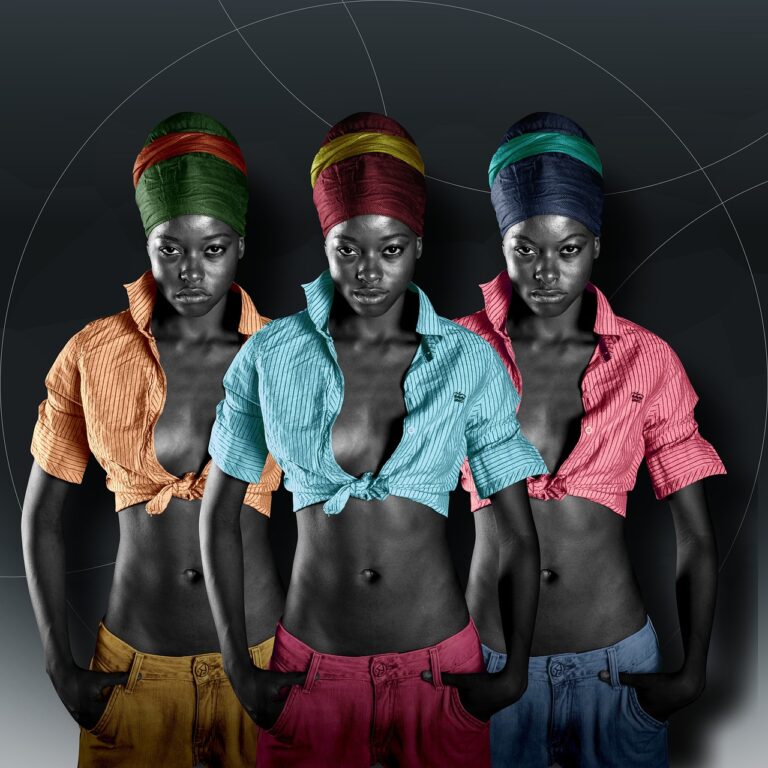The Art of Pattern Making: Exploring Cultural Symbolism in Design: Laser 247 book, Silverexch com, 11xplay
laser 247 book, silverexch com, 11xplay: Pattern making is an art form that has been practiced for centuries across different cultures around the world. From intricate geometric designs to symbolic motifs, patterns play a significant role in the visual storytelling of a society’s values, beliefs, and traditions. In this article, we will explore the cultural symbolism found in pattern making and how it influences design in various industries.
History of Pattern Making
Patterns have been used in art and design for thousands of years, with evidence of their use dating back to ancient civilizations such as Mesopotamia, Egypt, and China. These early patterns often featured repetitive geometric shapes, animal motifs, and symbols that held cultural significance to the people who created them. Over time, as trade routes expanded and cultures began to interact, these patterns were shared and adapted, leading to the development of new styles and techniques.
Cultural Symbolism in Design
Patterns are not just decorative elements; they also carry symbolic meaning that is specific to a particular culture or community. For example, the use of floral patterns in Indian textiles symbolizes fertility and prosperity, while the geometric patterns found in Islamic art represent unity and infinity. By incorporating these symbols into their designs, artists and designers are able to communicate complex ideas and emotions that resonate with their audience on a deeper level.
Exploring Cultural Diversity through Patterns
One of the most exciting aspects of pattern making is its ability to showcase the diversity of human culture. By studying patterns from different regions and time periods, designers can gain insight into the beliefs, customs, and traditions of societies around the world. This cross-cultural exchange not only enriches the creative process but also fosters mutual understanding and respect among diverse communities.
Patterns in Fashion
In the world of fashion, patterns are a powerful tool for self-expression and identity. From traditional African prints to modern digital designs, patterns play a crucial role in shaping the visual language of clothing and accessories. Designers often draw inspiration from global patterns, incorporating them into their collections to create unique and culturally rich garments that appeal to a wide audience.
The Future of Pattern Making
As technology continues to advance, the possibilities for pattern making are endless. From 3D printing to digital design software, artists and designers now have access to a wide range of tools and techniques that allow them to create intricate and innovative patterns. By combining traditional craftsmanship with modern technology, the art of pattern making is poised to undergo a renaissance in the coming years.
FAQs
Q: What materials are commonly used in pattern making?
A: Pattern making can be done using a variety of materials, including paper, fabric, wood, metal, and clay.
Q: How can I learn more about the cultural symbolism of patterns?
A: One way to learn more about the cultural symbolism of patterns is to study art history and anthropology. There are also many books and online resources available on the subject.
Q: Can patterns be copyrighted?
A: In some cases, patterns can be copyrighted if they are considered original works of art. However, the rules and regulations regarding pattern copyrights vary by country.
In conclusion, the art of pattern making is a rich and vibrant tradition that continues to inspire creativity and innovation in design. By exploring the cultural symbolism of patterns, designers can create meaningful and impactful work that resonates with audiences around the world. Whether in fashion, art, or architecture, patterns are a powerful tool for telling stories and connecting people across borders and time.







